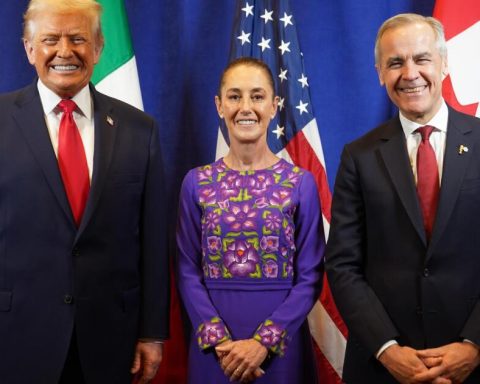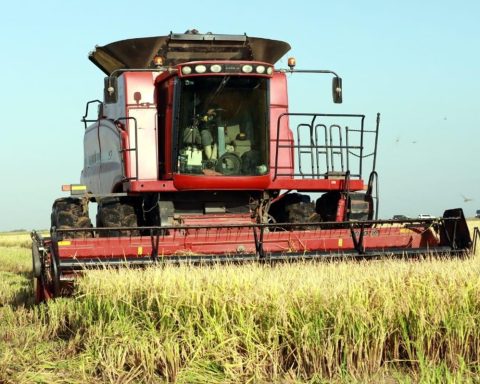Another relevant aspect that should be considered is the arrival of Victoria Rodríguez Ceja as governor of Banxico. Doubts persist about the handling of monetary policy by the Bank’s new Governing Board and about Rodríguez Ceja’s level of reaction to a complicated domestic and international outlook.
Due to the aforementioned obstacles, inflationary pressure can be expected to last for several months and not reach Banxico’s target until the end of 2022 (as long as there are no new unexpected events at the global level).
In the external sphere, the FED has begun to reduce its economic stimuli and a cycle of moderate increases is expected to begin in 2022. This would impact the exchange rate and put additional pressure on Banxico. Other factors are the evolution of the pandemic and the emergence of new variants of COVID-19, as this would cause nervousness in the markets and the imposition of new health measures by governments.
Other risks to growth: the political factor
Another relevant risk, in terms of investment, will be the discussions of the energy reform, since, in addition to paralyzing investments in the electricity sector, they could cause controversies in the T-MEC and affect the competitiveness of the economy as a whole.
conclusion
In summary, for next year moderate economic growth is expected – around 3-3.5% – with inflation still high, and supply chain problems to continue. Likewise, the risk that the energy reform will be approved – with strong effects on investments – persists, and it is not ruled out that new policies will emerge, promoted by the federal government, causing greater uncertainty and affecting growth.
____________________
Editor’s Notes:
The author is a consultant specialized in economic and financial analysis at Integralia (@Integralia_Mx).
The opinions in this article are the sole responsibility of the author.










